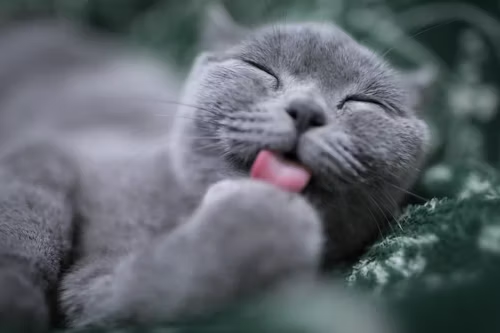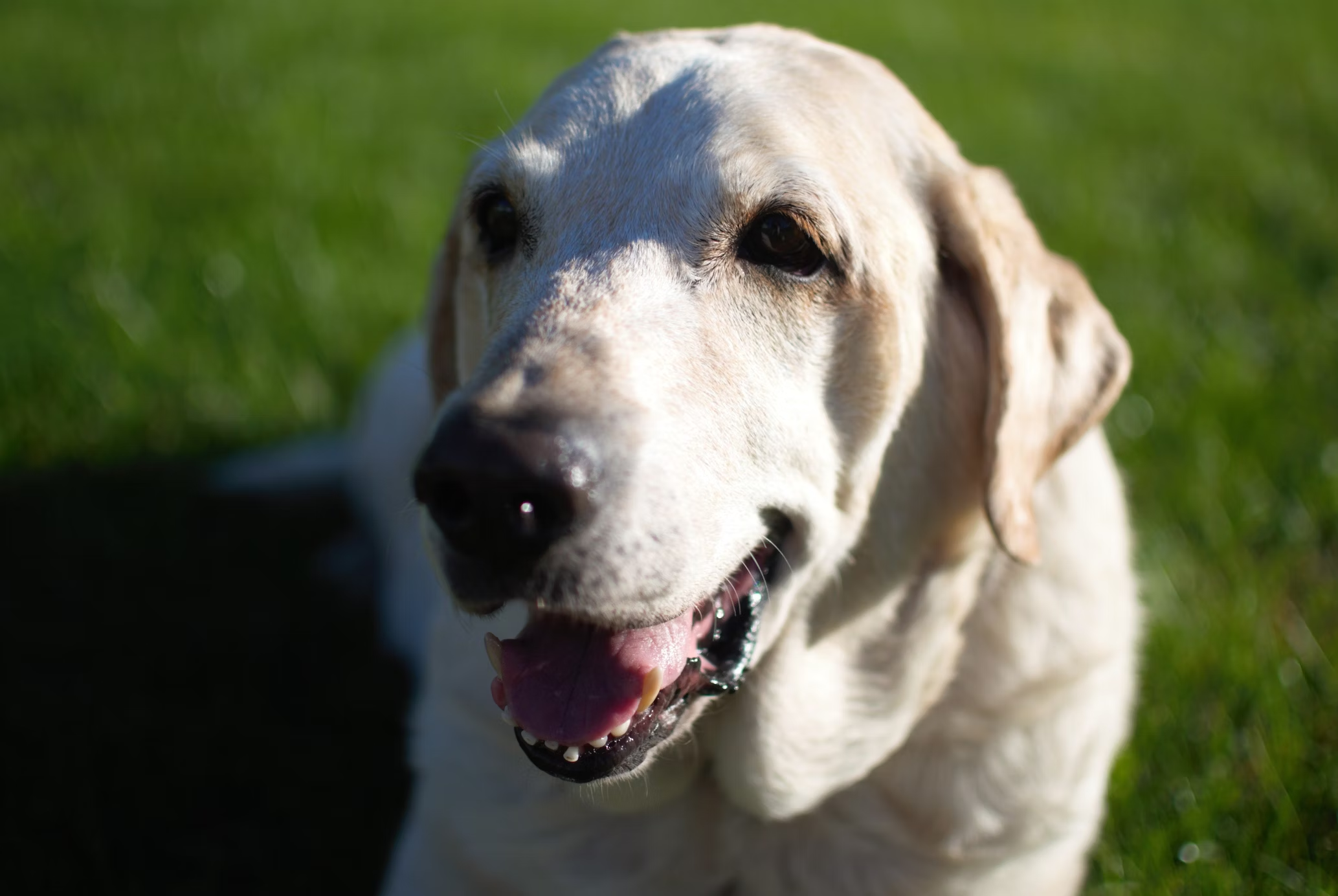Should You Gift a Pet For Christmas? 8 Things to Think About First

Persian Cat Breed Information & Characteristics | Should You Gift a Pet For Christmas? 8 Things to Think About First
Introduction
The Persian cat is a breed that has captured the hearts of many with its luxurious fur, striking eyes, and calm demeanor. Known for being one of the most popular and recognizable cat breeds worldwide, Persian cats are often associated with elegance and royalty. However, while Persian cats make wonderful companions, owning one comes with specific responsibilities, particularly regarding grooming and health care.
As the holiday season approaches, many people consider giving pets as gifts. While the idea of a fluffy kitten or puppy under the Christmas tree may seem delightful, gifting a pet is a decision that requires careful thought and consideration. This blog will explore the Persian cat’s breed information and characteristics, followed by eight essential things to consider before gifting a pet for Christmas.
Persian Cat Breed Information & Characteristics
1. History and Origin
Persian cats have a rich history that dates back to the 1600s when they were first brought to Europe from Persia (modern-day Iran). The breed quickly gained popularity among the European aristocracy due to its exotic appearance and luxurious coat. Over the centuries, Persian cats have been selectively bred to enhance their unique features, such as their flat faces and large, expressive eyes.
2. Physical Characteristics
- Size: Persian cats are medium-sized, typically weighing between 7 to 12 pounds. They have a sturdy, cobby body with short legs and a broad chest.
- Coat: The most distinctive feature of Persian cats is their long, thick coat, which can come in a wide variety of colors and patterns, including solid, tabby, bicolor, and more. The coat requires daily grooming to prevent matting and maintain its beauty.
- Face: Persian cats are known for their brachycephalic (flat-faced) appearance. Their round heads, short noses, and large eyes give them a sweet, expressive look, but these features can also contribute to certain health issues, such as breathing difficulties and eye problems.
- Eyes: The eyes of a Persian cat are large, round, and set wide apart. They can be a variety of colors, including blue, copper, green, or odd-eyed (one blue and one copper).
- Lifespan: Persian cats typically live between 12 to 17 years, although some may live longer with proper care.
3. Personality and Temperament
Persian cats are known for their calm and gentle personalities. They are affectionate and enjoy spending time with their human companions, but they are not overly demanding of attention. Persian cats are generally quiet and prefer a serene environment, making them excellent pets for people who enjoy a peaceful home. They are also known to be good with children and other pets, provided they are treated with respect.
4. Grooming Needs
The Persian cat’s coat requires a significant amount of grooming to keep it in top condition. Daily brushing is essential to prevent tangles and mats, and many Persian cat owners choose to give their cats regular baths to keep their coats clean and shiny. In addition to coat care, Persian cats may need their eyes cleaned regularly to prevent tear staining, a common issue due to their facial structure.
5. Health Concerns
Persian cats are prone to several health issues, many of which are related to their brachycephalic (flat-faced) structure.
- Brachycephalic Syndrome: This condition can cause breathing difficulties, snoring, and an increased risk of respiratory infections. Regular veterinary check-ups are important to monitor for any issues.
- Polycystic Kidney Disease (PKD): PKD is a genetic disorder that affects many Persian cats, leading to the development of cysts in the kidneys. It’s important to have your Persian cat screened for PKD and to monitor their kidney function regularly.
- Dental Issues: The short jaws of Persian cats can lead to dental overcrowding and other oral health issues. Regular dental care is crucial to prevent problems.
- Eye Conditions: Due to their prominent eyes, Persian cats are prone to eye conditions such as corneal ulcers and entropion (inward-turning eyelids). Regular eye care is essential.
6. Living Environment
Persian cats thrive in a calm, indoor environment where they can feel safe and secure. They are not particularly active and are content with lounging around the house. Due to their grooming needs and susceptibility to health issues, it is recommended that Persian cats be kept indoors to protect them from environmental hazards.
Should You Gift a Pet For Christmas? 8 Things to Think About First
While the idea of giving a pet as a Christmas gift may seem heartwarming, it’s important to consider the long-term commitment and responsibilities that come with pet ownership. Here are eight things to think about before deciding to gift a pet this holiday season.
1. Long-Term Commitment
Pets are not just for the holiday season; they are a long-term commitment that can last for many years. Before gifting a pet, consider whether the recipient is ready for the responsibility of caring for a pet for its entire life.
2. Suitability of the Pet
Not all pets are suitable for every person or household. Consider the lifestyle, living situation, and preferences of the person you are thinking of gifting a pet to. For example, a high-energy dog may not be a good fit for someone who lives in a small apartment or has limited time for exercise.
3. Financial Responsibility
Owning a pet comes with financial responsibilities, including the cost of food, grooming, veterinary care, and supplies. Make sure the recipient is prepared for the financial commitment that comes with pet ownership.
4. Time and Attention
Pets require time, attention, and care. Before gifting a pet, consider whether the recipient has the time to devote to feeding, grooming, training, and playing with the pet on a daily basis.
5. Allergies and Health Issues
Some people may have allergies or health issues that could be exacerbated by pet ownership. Make sure to consider any potential health concerns before deciding to gift a pet.
6. Existing Pets
If the recipient already has pets, consider whether a new pet will fit in with the existing pets. Introducing a new pet to a household with other animals can be challenging and requires careful planning.
7. Pet Selection
Choosing the right pet is crucial. If you’re considering gifting a pet, involve the recipient in the selection process. This ensures that the pet chosen is a good match for their preferences and lifestyle.
8. Adoption vs. Purchasing
Consider adopting a pet from a shelter or rescue organization rather than purchasing from a breeder or pet store. Adoption can save a life and often comes with the added benefit of the pet being spayed/neutered and vaccinated.
Conclusion
Owning a Persian cat can be a rewarding experience, but it requires dedication to grooming and health care. These elegant and affectionate cats are a joy to have as companions, but potential owners should be aware of the breed’s specific needs. Similarly, gifting a pet for Christmas is a decision that should not be taken lightly. By considering the long-term commitment, suitability, and other factors, you can ensure that both the pet and the recipient will have a happy and fulfilling relationship.




